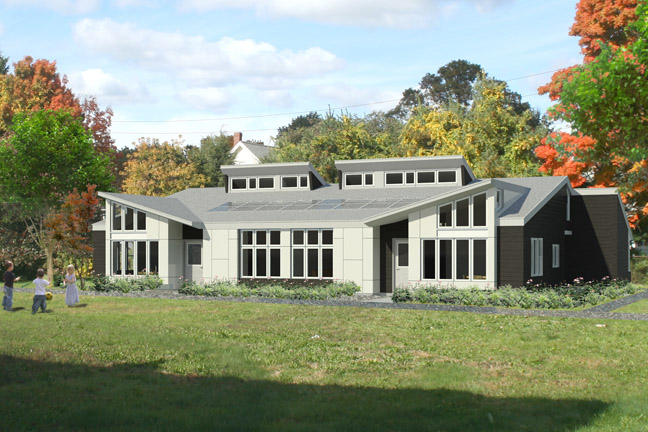Green Affordable Housing
Most coveted features
The widespread presence of sustainability features in affordable housing is finally underway thanks to changes in government regulations and financing incentives. Key green features are in high demand, forming a new standard in affordable housing. Affordable housing communities are becoming greener from the ground up, beginning with optimal placement: the north-south and east-west orientation of […]
